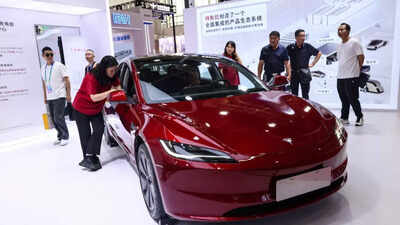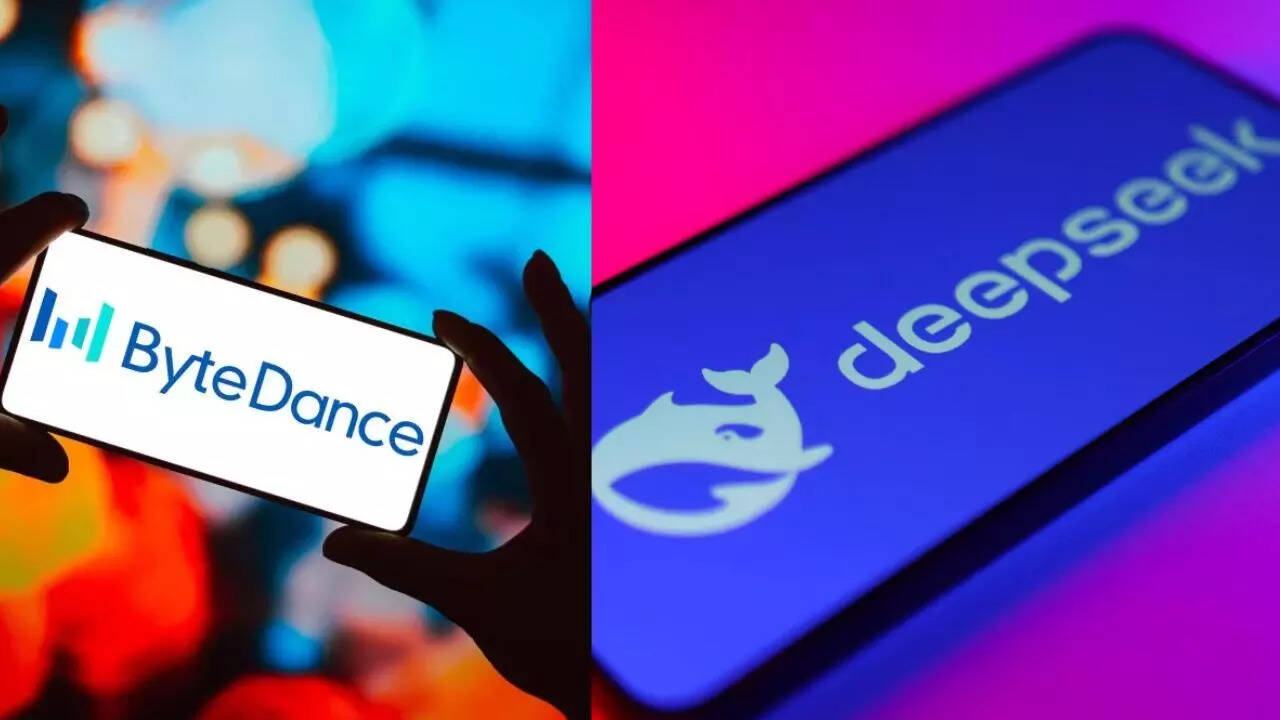ARTICLE AD BOX

Source: South China Morning Post
Tesla
is upgrading its electric vehicles (EVs) in China with a next-generation
AI-powered voice assistant
, developed in partnership with DeepSeek and ByteDance’s Doubao large language model (LLM). The system allows drivers to use natural voice commands for navigation, entertainment, cabin controls, and real-time updates on news or weather as reported by the official website of Tesla. By integrating DeepSeek for conversational AI and Doubao for command execution, Tesla aims to create a seamless, intuitive driving experience. The technology runs on ByteDance’s Volcano Engine cloud platform, ensuring secure and efficient processing. This move signals Tesla’s strategy to localize its offerings and compete with domestic EV leaders like BYD and Nio, as
smart AI assistants
become an essential feature in China’s rapidly evolving automotive market.
Tesla’s new AI voice assistant brings hands-free control and smarter in-car interaction: ‘Hey Tesla’
The upgraded voice assistant will allow Tesla drivers in mainland China to interact with their cars more naturally. By simply saying “Hey, Tesla”, users can access a wide range of services without relying on manual buttons or screens. This hands-free experience creates a more intuitive and user-friendly driving environment, enhancing safety and convenience on the road.As reported by the official website of Tesla, the assistant combines the strengths of two powerful AI technologies:
- DeepSeek chatbot – Designed for AI interaction, enabling drivers to hold casual conversations, check real-time news, and access weather updates.
- ByteDance Doubao LLM – Focused on voice command execution, allowing seamless control of navigation, entertainment, and amenities such as air conditioning and media playback.

Source: SCMP and Reuters
How the AI Integration works: Powered by ByteDance’s volcano engine
Tesla’s partnership with ByteDance extends beyond Doubao. The company’s Volcano Engine, its cloud computing service unit, will handle the AI integration and data processing. By using an encrypted application programming interface (API), Tesla ensures that communication between the car’s system and cloud-based AI models remains secure and efficient.This infrastructure allows Tesla vehicles to process voice requests in real time, ensuring fast responses to driver commands, whether it’s adjusting cabin temperature, finding a route, or playing a favorite playlist.
Elon Musk’s Tesla AI model competing in China’s smart EV market
Tesla’s decision to adopt local AI models reflects its broader strategy of localisation in China. Domestic EV makers like Nio, Xpeng, and BYD have already embedded advanced AI voice assistants into their vehicles, giving them an edge in customer experience.By introducing DeepSeek and Doubao, Tesla is closing the gap and positioning itself as a serious contender in the Chinese smart car ecosystem. The move also highlights how foreign automakers are increasingly collaborating with Chinese AI providers to deliver services that align with local consumer expectations.
Global automakers turn to Chinese AI, while Tesla balances local and US. strategies
Tesla is not alone in this approach. Earlier in 2025, BMW announced its partnership with Alibaba, integrating the QWen large language model into its vehicles designed for the Chinese market. These alliances illustrate a significant shift: instead of relying solely on their proprietary systems, global automakers are embracing Chinese AI innovation to capture market share.In contrast, Tesla’s vehicles in the United States currently rely on Grok, the AI assistant developed by Elon Musk’s AI startup, xAI. This regional differentiation underscores Tesla’s adaptability in tailoring its offerings based on local technology ecosystems.Also Read | FASTag Annual Pass 2025: How to activate online via Rajmargyatra, benefits, validity, renewal, and other important information



.png)
.png)
.png)
















 9 hours ago
2
9 hours ago
2








 English (US) ·
English (US) ·